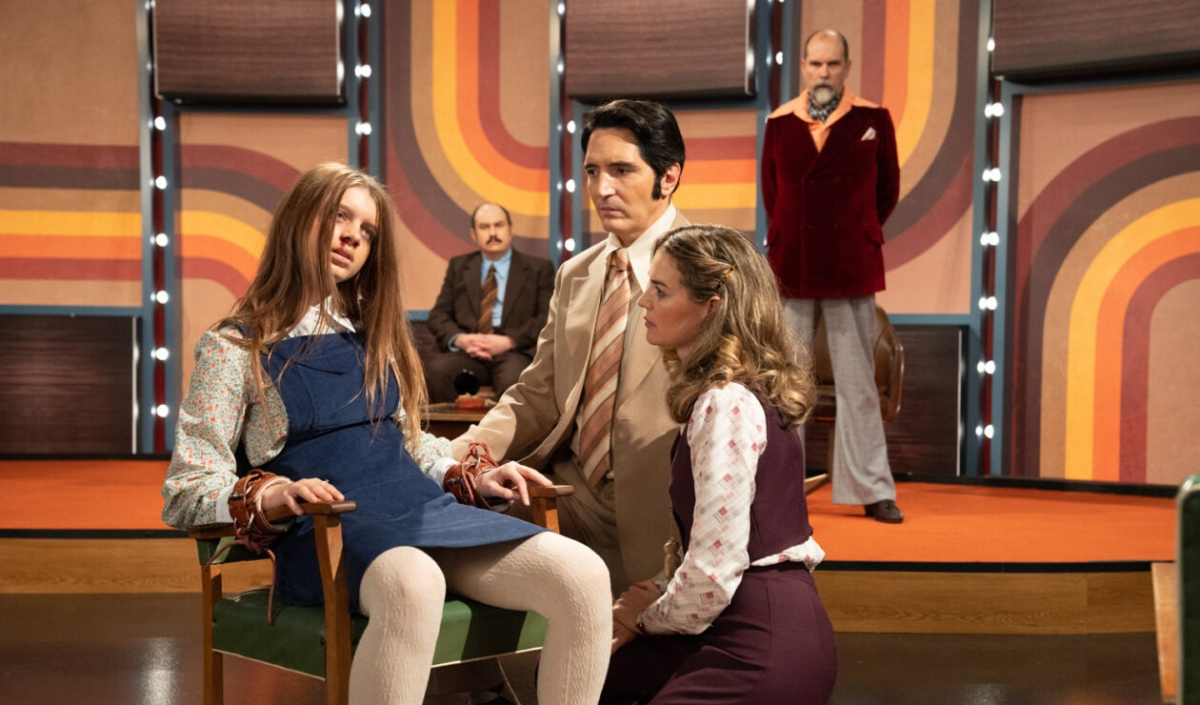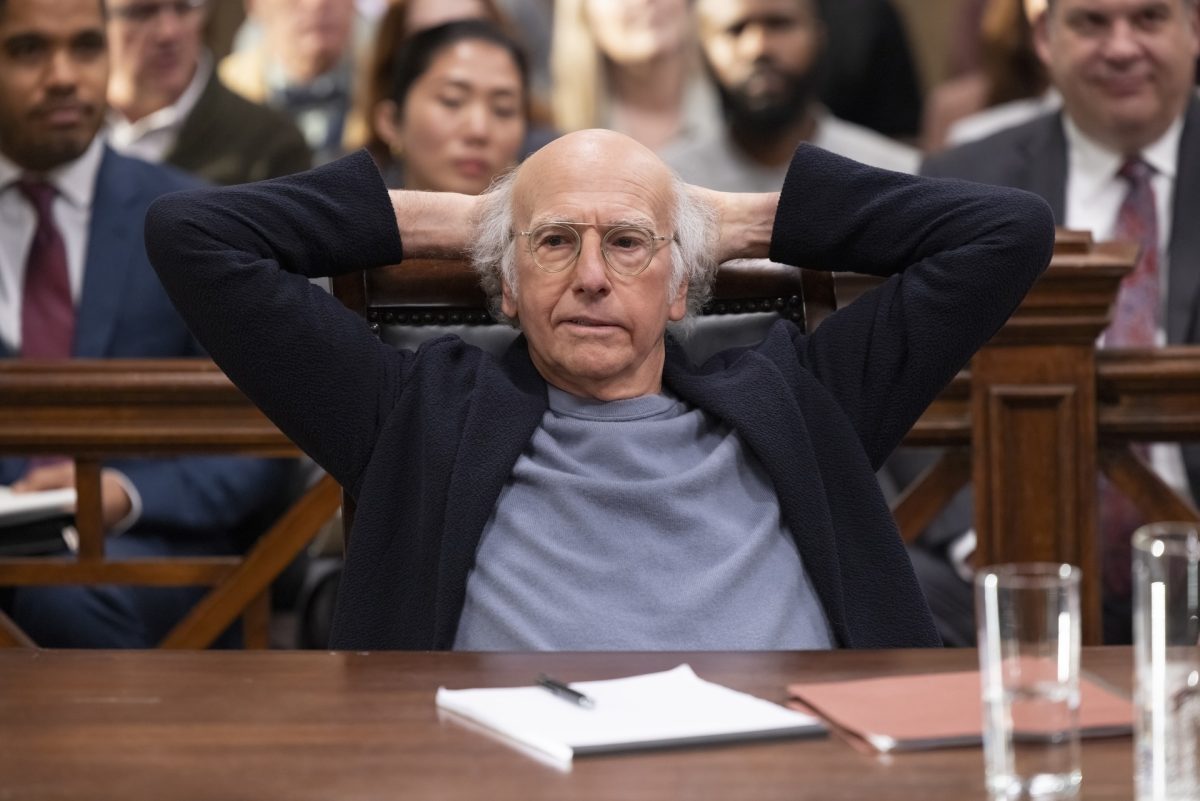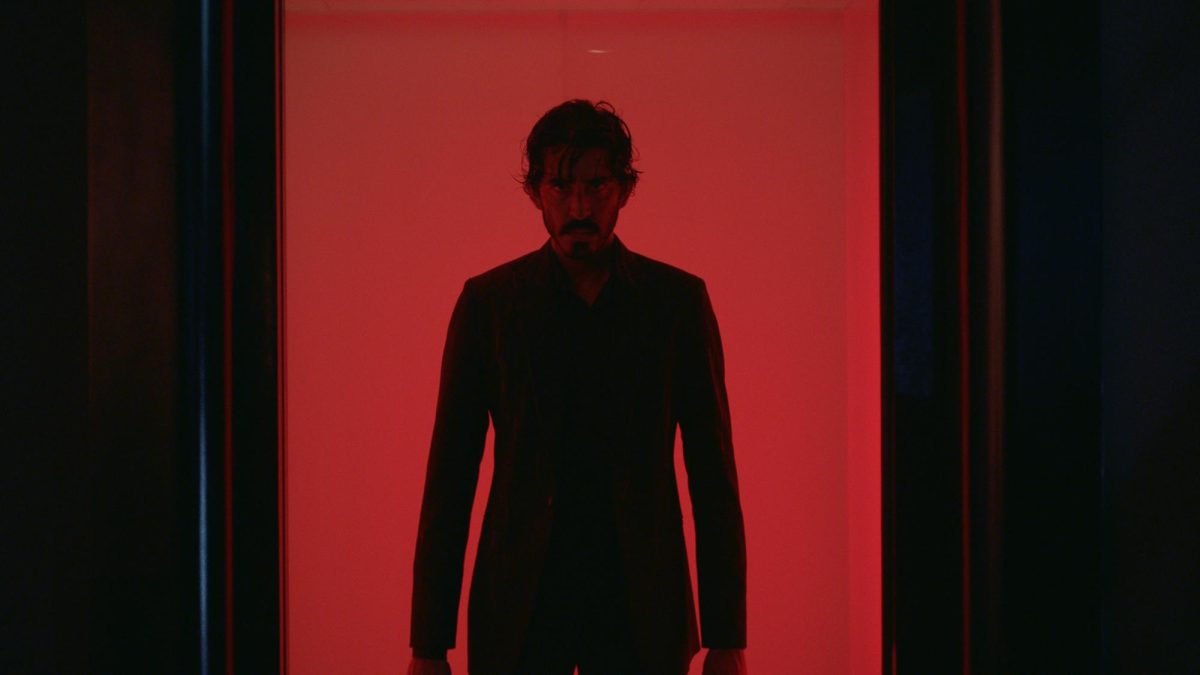Christopher Nolan, the director of “Inception” and “The Dark Knight” trilogy is a vocal advocate for shooting movies on celluloid film, which has been the traditional method used to make movies since the creation of motion pictures. His choice to release his latest film “Interstellar,” a science fiction epic, on celluloid rather than screening it through a digital projector has fed the heated debate about which format is the best to shoot movies.
John Lewis, the theater operating manager at the Bullock Texas State History Museum, said that the museum will host the screening, especially since the museum will be changing its IMAX film projector to a digital projector in January.
“We strive to make sure any presentation of a Hollywood screening is shown at the best quality,” Lewis said. “We have held off on replacing the film projector for this event. We’re proud to be showing it on film.”
Lewis said that while film possesses better quality than digital, it is more expensive to produce and appears to be losing favor in the industry. Nevertheless, he thinks that by presenting “Interstellar” on film, Nolan is trying to send a message that filmmakers should still use the medium.
“Film shows the best picture when the projector is maintained by a skilled professional,” Lewis said. “But I think the industry prefers digital because it’s cost-effective. I also understand that the main moviegoing public doesn’t have the untrained eye to see the difference, but, as an IMAX manager, I want to present a film in the highest quality possible.”
Richard Dahms, general manager of Galaxy Theatres Highland, believes that films such as “Interstellar” deserve to be shown the way the filmmakers envisioned, even if it leaves theaters that have dismissed their film projectors at a disadvantage.
“If this is the way the director wants [the film] to be seen, I’ll be happy to show it in the way it was meant to be seen,” Dahms said. “It’s up to the theaters to present the movie the way it was meant to be shown from the director’s vision.”
However, radio-television-film professor Thomas Schatz disagrees with the notion that theaters should be forced to use film when more advanced formats are available, even though it goes against the sensibilities of directors who are loyal to celluloid. He said that the use of actual film to screen motion pictures will eventually become an obsolete process.
“Practicality-wise, it’s ridiculous,” Schatz said. “It’s easier to convert a digital file onto the screen. The celluloid image is superior in some ways, but celluloid is toast. It’s over. We’re getting to a point where digital is advancing to where it’s nearly indistinguishable from film to most people.”
Schatz said that movie theater attendance is dipping lower and lower, and that, while some filmmakers may use film as a means to achieve perfection
in their movies, it may not even matter due to decreased attendance rates and the need for theaters to adapt to digital equipment to shave costs.
As the release date draws closer, Paramount Pictures is preparing for the debut by holding several special advanced screenings on Nov. 5 at various venues in Austin. The film will also be screened digitally starting Nov. 7, which is the movie’s official release date.





















